Filicide: Mothers Who Kill
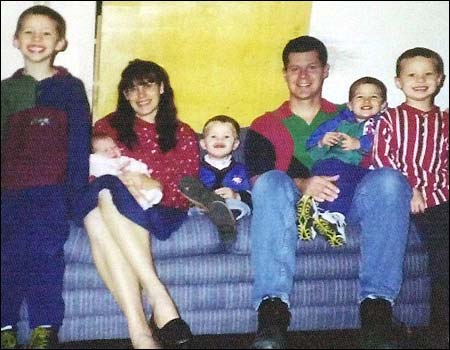
It is one of the most horrific phenomena known to humankind: filicide, or the killing of one’s own children. Statistically, mothers are much more likely to kill their children than fathers; and while fathers are more likely to kill children 8 years and older, mothers tend to kill infants and toddlers. There are such a wide variety of motives and influencing factors that it is difficult to determine when and if any mother is more likely than another to kill her children. Factors that are unique to women and which may influence a mother’s decision or impulse to kill include post-partum depression, a hormonal imbalance triggered by the effects of pregnancy, which affect many women much more severely than others. Other mothers kill in acts of revenge against their partners, out of a genuine belief that the children will be better off dead than living with their parents or in the world as it currently exists, in acts of accidental homicide triggered by physical abuse, and in some cases, in premeditated homicide of children that were unplanned and unwanted.
It may be argued that any mother who is capable of killing her own children is mentally ill, but not all cases of filicide involve women with diagnosed mental illness. Some mothers are simply overwhelmed in their current lives and feel a sense of desperation that leads to the killings. The event may be triggered by the loss of a spouse or partner such as through divorce, separation, infidelity or military service. Occasionally, the mother commits suicide after murdering her children and in some cases, voices her intention to commit suicide, despite having failed to do so after killing the children.
- Notorious Serial Killers
Serial killers are among the world's most depraved, evil individuals, but there is no doubt that we find them completely fascinating. This article profiles some of the most well-known serial killers of the 20th century. The overview of their crimes w
- Notorious Serial Killers, Part 2
There is no end to the depth of evil and depravity that can exist in some humans. While serial killers may be reviled and feared, there is no doubt that they are morbidly fascinating.
Detecting Warning Signs
It is not always possible to determine which mother may kill her children, but there are a few classic warning signs that should not be ignored, especially if one woman is experiencing several of them simultaneously. These include:
- A sense of being overwhelmed – The mother may make statements about feeling overwhelmed or ill-equipped to take care of her children.
- Post-partum depression – this may last for well over a year, but is prevalent in new mothers. Mothers who have had two, three or more children can experience post-partum depression even if they didn’t have it with the previous children. Post-partum depression, if left untreated, can lead to psychosis and increase the likelihood of filicide. Mothers who have PPD may cry easily, become easily angered, feel overwhelmed by even the most basic tasks, have difficulty bonding with their children and even openly resent their children.
- Lack of attention to responsibility – mothers may leave their children unattended or unsupervised for unreasonable amounts of time, they may stop cleaning, cooking or other domestic tasks to which they were once committed. They may also ignore the children more readily, at times appearing to not hear the children talking to them, fighting with each other, or otherwise engaging with the parent. It is a sense of detachment in which the mother may hear, but not be able to focus on the incoming stimuli.
- Lack of attention to personal hygiene – mothers tend to bathe less, and do not change their clothes or fix their hair as they once did. Their appearance deteriorates beyond what be expected of any new mother.
- Domestic conflict – parents argue more often and mother seems to have either a hair-trigger temper or may not react at all, appearing more robotic.
- Fantasizing about being single or having no children – mothers may begin to talk more openly about missing their freedom, feeling tied down by their children, or about how much they resent their children.
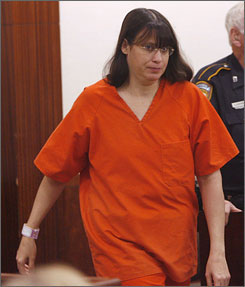
Andrea Yates
In 2001, in Houston Texas, Andrea Yates drown her five children, ages 6 months to 7 years, in the family bathtub. She suffered from post-partum psychosis and had several suicide attempts prior to the murders of her children. In 2006 she was sentenced to life in prison with possibility of parole in 40 years. Her verdict was eventually overturned and she was declared not guilty by reason of insanity. She remains confined at the North Texas State Hospital to this day.
Susan Smith
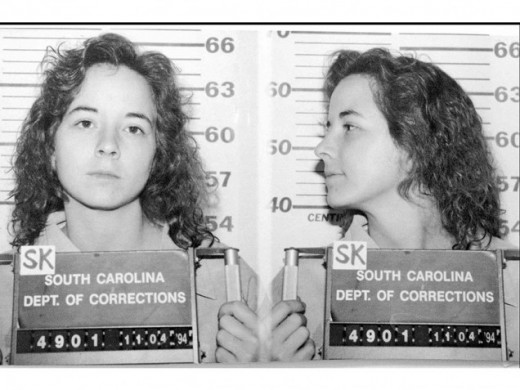
Susan Smith
In October of 1994, Susan Smith strapped her two sons, Michael (3) and Alex (14 months) into their car seats and rolled her car into John D. Long Lake in Union, South Carolina. She initially accused an unknown black car-jacker of the crime, but later admitted that she herself had murdered her two sons. It has been widely speculated that she killed her children in an effort to free herself for a relationship with a wealthy man with whom she was having an affair; a man that did not want children.
Lashanda Armstrong
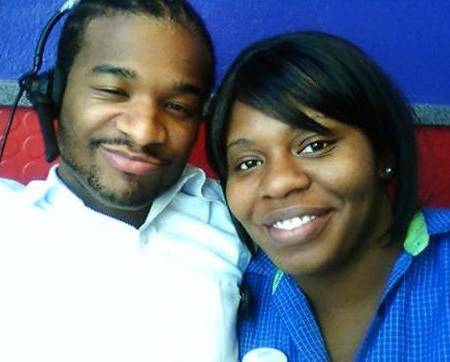
Lashanda Armstrong
In an incident much like that involving Susan Smith, Lashanda Armstrong loaded her four children into the car and drove it into the Hudson River. Unlike in the case of Susan Smith, one of her children, 10 year old LaShaun, survived by climbing out a window, and Lashanda expired with her three remaining children. “If I’m going to die,” she told them as the car was sinking, “you’re going to die with me.” She posted a message on her facebook page begging forgiveness for what she was about to do following an argument with her domestic partner in which she accused him of infidelity.
- Is It Love or Obsession?
Knowing the difference between love and obsession can mean the difference between a long and healthy relationship and a potentially damaging and controlling one. If you question the status of your relationship, read on for more information.
Marybeth Tinning
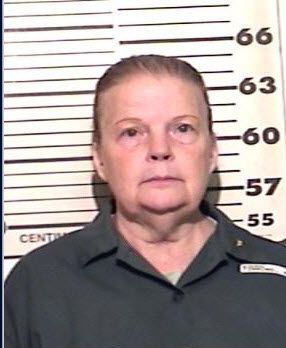
Marybeth Tinning
Perhaps the most prolific filicidal mother of them all, Marybeth Tinning allegedly killed all nine of her children over a period of nearly 14 years. No motive could ever be determined for the killings. Her first three children, each of who appeared healthy and active, died within 90 days of one another in 1972. Following those deaths her subsequent six children, including one adopted son, each died before reaching their third birthdays, usually within weeks or months of their births. After multiple failed attempts at parole, Marybeth Tinning remains incarcerated to this day.
Dena Schlosser
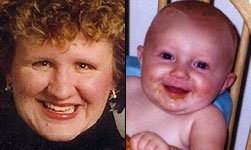
Dena Schlosser
Already institutionalized when Andrea Yates became her roommate, Dena Schlosser had been found not-guilty by reason of insanity, for cutting the arms off of her infant daughter, and allowing her to bleed to death in her crib. Dena was later found to be suffering from post-partum depression with psychosis, much like Andrea Yates. Prior to this, and by all accounts, Ms. Schlosser was a loving, attentive mother who had already been caring for two older daughters who were 6 and 9 at the time of the murder.
© 2011 Jaynie2000




